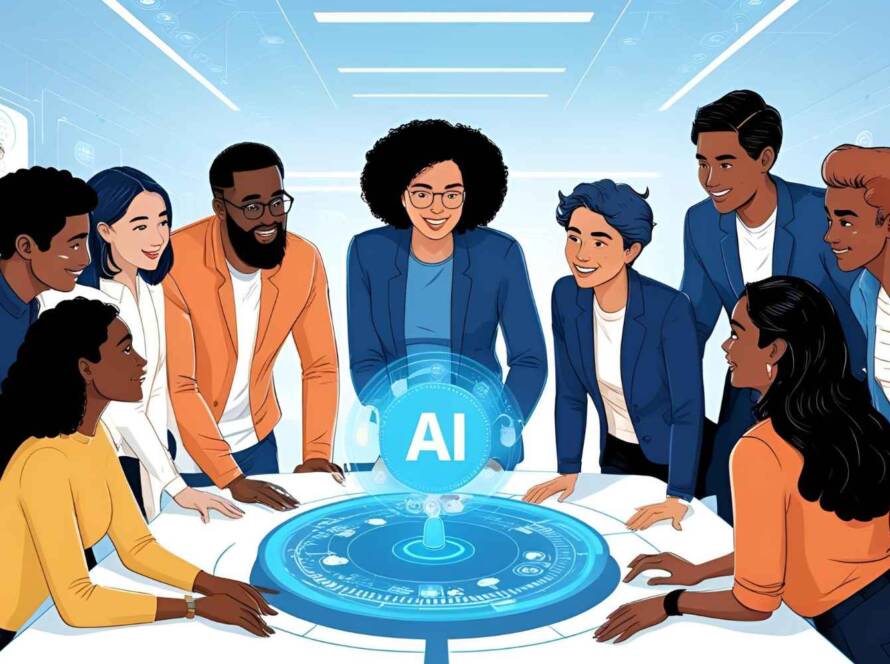Introduction
The advent of Generative AI (GenAI) has reshaped how websites are designed, managed, and optimized. Traditionally, website design required extensive manual effort, creativity, and resources. However, GenAI now allows designers to automate and optimize various aspects of the creative process. By generating multiple design options based on specific parameters, AI enables businesses to deliver highly personalized and adaptive websites, improving both user engagement and overall functionality.
How GenAI is Revolutionizing Web Design
Generative AI leverages machine learning algorithms to generate design elements based on user data and specified guidelines. By automating repetitive design tasks, GenAI allows designers to focus more on creative direction while the AI handles iteration and testing. This creates a more agile web development process where design adjustments can be made on the fly based on real-time user interactions.
For instance, an AI tool can automatically adjust a site’s color scheme or layout to suit different user demographics, ensuring that every visitor experiences a customized interface. Such dynamic adaptations can significantly improve user engagement, making the site feel more tailored and intuitive.
Practical Use Cases of GenAI in Web Design
- Automated Prototyping: GenAI tools can rapidly generate multiple prototypes based on initial user specifications, speeding up the design phase.
- Real-Time Personalization: By analyzing user behavior, AI can modify the user interface (UI) to cater to individual preferences, adjusting layouts or color schemes in real-time.
- Design Testing and Optimization: AI can automatically conduct A/B testing on different page designs, determining which layouts produce better engagement and conversions.
Impact on Customer Service and Web Traffic Retention
AI-integrated design systems can incorporate personalized chatbots and virtual assistants directly into the website’s layout. These automated customer service solutions can guide users through the website, helping them find relevant content or resolve common issues. Additionally, by consistently optimizing the design based on real-time data, AI ensures that the website remains responsive and engaging, which directly contributes to higher web traffic retention.
Conclusion
Generative AI is fundamentally transforming the landscape of web design, making the process more efficient, personalized, and adaptive. The ability to continuously optimize and tailor the user experience not only enhances engagement but also ensures long-term retention, offering businesses a powerful tool to stay competitive in the digital era.

